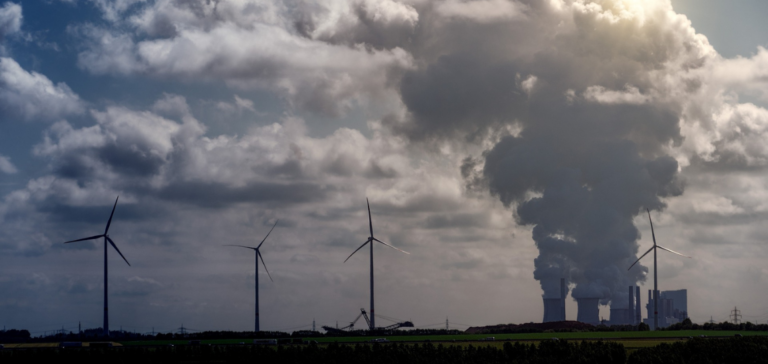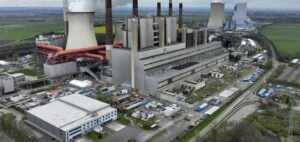Long-standing preparations for the Transition
The conversion to biomass, materialized by the presence of wood pellets next to coal piles, is an initiative that has been awaited for several years. Camille Jaffrelo, spokesperson for GazelEnergie, the company that owns the plant, points out that President Macron’s announcement has revived preparations that have been underway for some time. Previously, the future of the plant’s 150 employees was uncertain, as the plant was scheduled to close in March 2022. However, various factors, including the situation in Ukraine and problems in the nuclear fleet, kept the plant operational last winter, and it will be called upon again next winter. GazelEnergie did not wait for government approval in August to extend employees’ contracts, which were originally due to expire in April of the same year. Camille Jaffrelo asserts that all employees have had their contracts extended, guaranteeing a certain stability in this transition period.
The Contribution of Power Plants to Energy Security
In the meantime, the Saint-Avold plant remains important for the security of electricity supply in the Grand Ouest region, until the Flamanville nuclear reactor reaches nominal operation. Although the contribution of these power plants to the French electricity mix is relatively small, their conversion to cleaner energy sources reflects France’s commitments to combating climate change and the transition to renewable energies.
The conversion of the Saint-Avold coal-fired power plant to biomass represents a significant change in the French energy landscape. This transition marks a major step towards reducing CO2 emissions and promoting renewable energies. It demonstrates France’s commitment to the fight against climate change and its desire to move towards cleaner, more sustainable energy sources. This transformation is also contributing to the reindustrialization of the region, creating jobs and attracting new companies. Ultimately, this energy evolution of the Saint-Avold power plant is of significant financial and environmental importance, setting France on the path to energy sustainability.





















